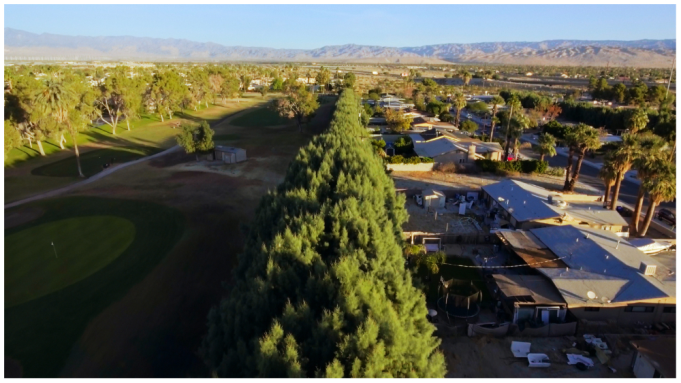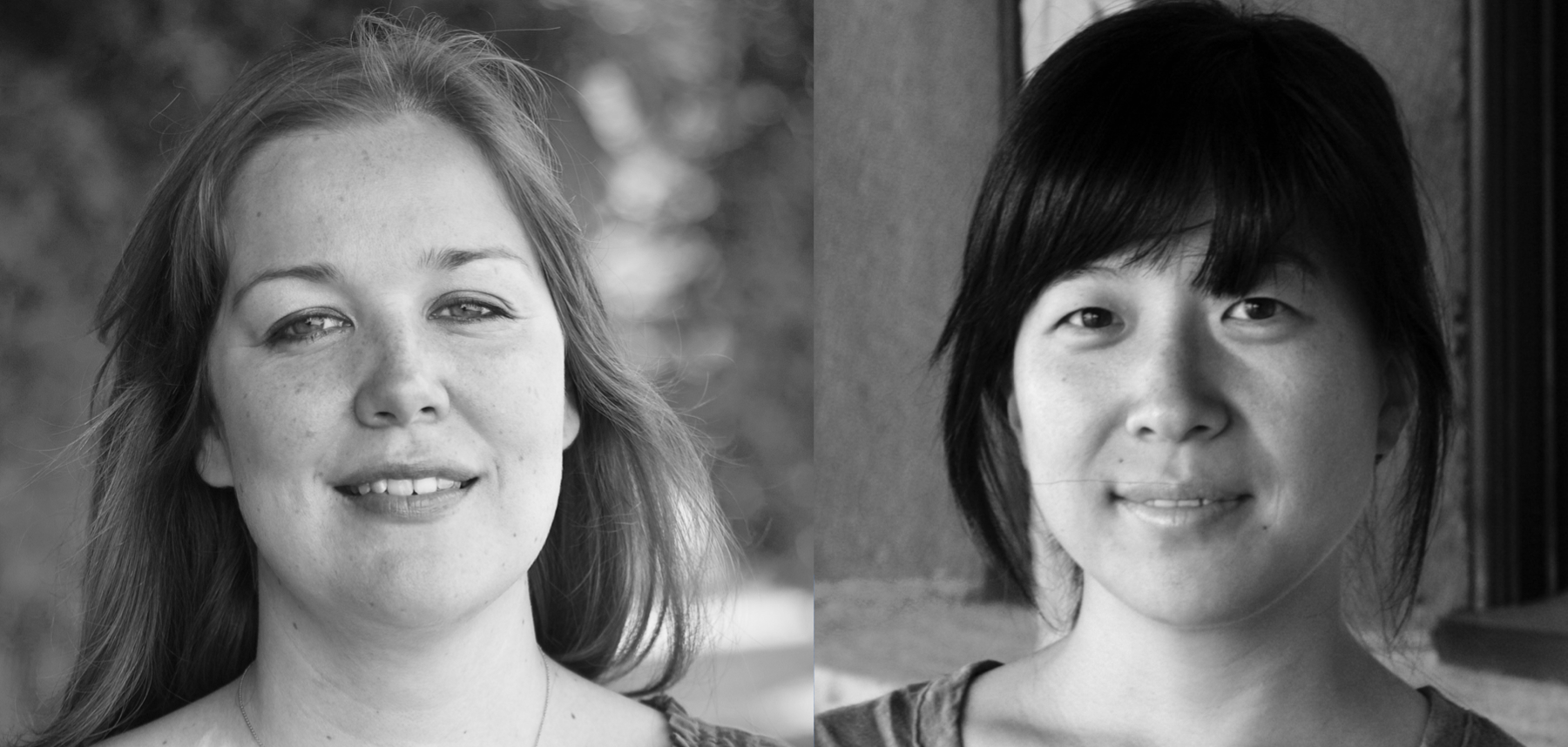‘RACIST TREES’ exposes the dark side of Palm Springs | INTERVIEW
PALM SPRINGS, Calif.—Trees may be alive, but they certainly aren’t sentient enough to distinguish one race of people from another. Humans, however, are, and in Palm Springs a specific group of trees was effectively weaponized as a means of separating a historically Black community from the rest of this desert enclave a hundred miles east of Hollywood.
The new documentary “Racist Trees” explores how the Crossley Tract neighborhood was essentially fenced off from the rest of the city with a row of trees. It’s hidden history right there in plain sight.
Director-producer-editor Sara Newens and director-producer Mina T. Son told me via Zoom that people tend to look at Palm Springs as the playground of Los Angeles—if you can find housing during Coachella.
“Both of us have just spent a lot of time in Palm Springs over the years [and] have gotten to know it and love it as a very glossy, glamorous, fun and beautiful place,” said Newens. “And then we came across this article in the Desert Sun written by Corinne Kennedy highlighting the trees—and that many residents believed they were planted for racist reasons.
“Not just the fact that here was a historically Black neighborhood on the outskirts, but the idea that these trees created a barricade seemed very visual. We actually pretty quickly reached out to Corinne to see if we could dig deeper.”
Indeed, Kennedy is a major figure in “Racist Trees,” as is Trae Daniel, a local raconteur and resident of Crossley Tract fighting city hall to remove the trees. However, both Kennedy and Daniel are White, and a story of this necessarily requires hearing from the persons of color who live there.
“There was always frustration for me as a Black woman on collective voices,” said co-executive producer Courtney Parker, who came aboard the project after seeing a demonstration video put together by Newens and Son. Parker added: “Who is going to tell this story, and why were certain stories told on our behalf but weren’t necessarily inclusive.”
Parker was especially galvanized by the murder of George Floyd and was thus anxious to give people who had been continually disenfranchised a chance to tell their stories in their own words.
“[That] level of frustration was dispelled when I saw the [short] film and met the ladies,” Parker said of her collaborators. “Frustration moved to curiosity [which] moved to excitement because of the opportunity and the willingness and the vulnerability that both Sara and Mina express.”
Son added that the documentary was initially envisioned as a series, and the pilot episode was due to be screened at SXSW in 2020; until lockdowns came around. It was at that point their production partners at Wayfarer Studios pushed Son and Nevens to reimagine the documentary as a feature.
“Wayfarer said we think there is more meat to this … and we said absolutely,” said Son. “Because we have learned so much about Palm Springs, and that’s actually how we met Courtney. And that’s how we were able to finish the film.”
In the film, we see how the residents of Crossley Park use their communal voice to petition for the trees’ removal. The filmmakers share with us the vitriol of various online reactionaries applying racist language in their quest to “save” those very trees.
“We just want to provide perspectives,” said Parker. “I was eager and excited to do just that— never blame anyone but provide a collective sense of perspective of how we should be viewing race and race relations in the country.”
Indeed, we also learn from the film that all of what is now Palm Springs is in fact land “leased” from the Agua Caliente Band of Cahuilla Indians. Nevens said an entirely different film could have been made about how that Native population has been treated in the United States’ desire for an oasis hundred miles from the Pacific Ocean.
“There’s a very rich story there, but there wasn’t a lot of room in the film to go too deep with that,” she said. “We were able to include some really wonderful archival footage that could at least create some space and acknowledgement that this is tribal land.
“It was something that I didn’t know the first several years visiting either. I’m really curious how many people out there have no idea either that it’s tribal land.”
Nevens added that, even though she is White, making “Racist Trees” provided an exercise in empathy—and one she hopes audiences, both in Palm Springs and beyond, are able to undertake themselves.
“Even if it elicits some uncomfortable feelings, some defensiveness, that’s all part of the process,” she said.
Son shared that a conservative family friend watching the documentary shouted out “Just take down those damn trees!” Reactions such as that make her hopeful the film can play more broadly, not just in California and the United States but beyond. And it’s been
especially edifying knowing that the film could first show in the backyard of the people who live at Crossley Tract.
“The Crossley Tract community could see their film come to life in front of other people and rejoice in finally being heard,” she said, adding she is ready for whatever reactions the film may engender. “Whatever comes we’ll deal with it, but I think at the moment we’re just so excited we’re able to share it with the community. It’s a starting point.”
“Palm Springs for me personally will never be the same,” added Parker. “We have all made so many deep connections with the community. Personally, I visited [there] a few times post-film [and] have had lots of invitations to come back when I’m in town. So there is a sense of expanded community that I felt personally.”
news via inbox
Nulla turp dis cursus. Integer liberos euismod pretium faucibua




